Carnegie Museum of Natural History
Pittsburgh’s Modern, Thriving Example of Why Evolution Matters
In February 2025, a groundbreaking study published in Nature unveiled a nearly complete, 69-million-year-old fossil skull of Vegavis iaai, discovered on Vega Island near the Antarctic Peninsula. This ancient bird, closely related to modern ducks and geese, exhibited a spear-shaped beak and skeletal adaptations indicative of a diving lifestyle, suggesting it hunted fish in the temperate waters of prehistoric Antarctica. The discovery provides the oldest-known evidence of modern birds coexisting with non-avian dinosaurs and offers profound insights into avian evolution and the ecological niches early birds occupied. This article highlights the dynamics of modern paleontology at its best. -JLW.
When you first walk into the Carnegie Museum of Natural History exhibit hall in Pittsburgh, PA, you feel like you’re passing through time. The air carries the weight of discovery, each fossil a whisper from the past. The light catches the curvature of ancient bones, arranged not as static relics but as if they might take a breath and shift before your eyes.
The Tyrant King, Reimagined
Nothing quite prepares you for the moment you stand before Tyrannosaurus rex. At Carnegie Museum of Natural History, you don’t simply gaze up at a skeleton—you confront a predator frozen in mid-motion.
This is not the stiff, tail-dragging dinosaur of old museum halls. Here, T. rex stands poised, muscles inferred from bone structure, weight balanced forward as if ready to lunge. It is a revelation in scientific storytelling—one of the finest reconstructions of T. rex on display anywhere in the world.
The transformation of CMNH’s dinosaur exhibition, scientifically supervised by the museum’s vertebrate paleontology curator, Dr. Matt Lamanna, and many others, has done far more than update dusty old fossils: it is about revitalizing the way we see prehistoric life—ensuring that visitors experience evolution rather than merely observe it. The T. rex reconstruction is a masterclass in modern paleontology, its posture informed by biomechanics, trackway evidence, and comparative anatomy.
You can see the same dynamic energy in the massive sauropod exhibit, towering over visitors in their lush, reconstructed Jurassic environment. The sauropods no longer stand alone; their world is now teeming with life, from predatory Allosaurus to armored Stegosaurus lurking in the background.
This is what CMNH does. It shapes not just knowledge, but people. It creates the next generation of thinkers, of explorers, of discoverers. (Visit CMNH on Facebook)
Outside the museum, you can find a massive Diplodocus carnegii, nicknamed “Dippy”, in an unlikely environment.
This museum is a special place where time itself seems to unfurl right in front of your eyes, where the past is not confined to textbooks but stands before you, tangible and immediate.
From Dinosaurs to Birds: The Groundbreaking Discovery of Vegavis iaai
But evolution is not just about what was. It is about what dynamics were at play then and which are at play now.
The museum’s most recent (co-)discovery, Vegavis iaai, reminds us that dinosaurs did not vanish—they evolved.
This 69-million-year-old Antarctic bird, unearthed by a collaborative team led by Chris Torres (University of the Pacific), and including Matt Lamanna (CMNH), Julia Clarke (University of Texas at Austin), Joe Groenke (Ohio University), Ross MacPhee (American Museum of Natural History), Grace Musser (Smithsonian National Museum of Natural History), Eric Roberts (Colorado School of Mines), and Patrick O’Connor (Ohio University and Denver Museum of Nature & Science), reshapes our understanding of modern birds’ deep evolutionary roots.
The life reconstruction of Vegavis iaai brings this discovery to life: a sleek, diving bird gliding through prehistoric Antarctic waters, chasing ammonites and fishes. This visualization—made by CMNH artist Andrew McAfee—is another testament to how the museum transforms cold fossils into living, breathing history.
And this discovery didn’t happen in isolation. It was part of the Antarctic Peninsula Paleontology Project, a massive international effort involving American, Australian, and South African paleontologists. It pushed the boundaries of what we know about life on this now-frozen continent at the end of the dinosaur era.
From the museum hall to the Antarctic ice, from T. rex to Vegavis, Carnegie Museum of Natural History doesn’t just showcase evolution—it demonstrates it, piece by piece, discovery by discovery.
The life reconstruction of Vegavis iaai brings this discovery to life: a sleek, diving bird gliding through prehistoric Antarctic waters, chasing ammonites and fishes. This visualization—made by Carnegie Museum’s artist Andrew McAfee—is another testament to how CMNH transforms cold fossils into living, breathing history.
Where Discovery Begins: The Antarctic Hunt for the Past
The thrill of discovery is everywhere in the museum—up front and behind the scenes. Fossils do not simply appear—they are sought, uncovered, painstakingly examined, and studied. The discovery of Vegavis iaai was no exception.
The Antarctic Peninsula, a land of ice and stone, was once lush and temperate. But today, it is one of the most inhospitable places on Earth. To search for fossils here is to endure bitter cold, harsh winds, and unpredictable conditions. Lamanna and his team, part of the Antarctic Peninsula Paleontology Project, braved these elements, helicopters setting down between glaciers, their hands chipping at the Earth itself to extract fragments of the past. The effort pays off in fascinating discoveries that inspire more treks for knowledge and understanding.
But the Vegavis discovery was more than just another data point in the fossil record. It provided something astonishing: the first known fossilized syrinx—a voice box, frozen in time. For the first time, paleontologists had concrete evidence of what prehistoric birds could have sounded like. It is an exciting moment in evolutionary science: not just a vision of the past but the possibility, with future reconstruction studies, of hearing it.
In the silence of the Antarctic wilderness, each fossil is a triumph. Each bone is a mystery waiting to be solved. And when Vegavis iaai emerged from its rock-locked prison, it was not just a bird—it was a messenger from deep time, bringing answers to questions we hadn’t even thought to ask.
For years, paleontologists debated whether modern bird lineages emerged only after the mass extinction event that wiped out the non-avian dinosaurs. But Vegavis iaai provides definitive evidence that at least one major bird lineage, Anseriformes (which includes today’s ducks and geese), had already taken root before the end of the Cretaceous.
And Vegavis, like its extant, surviving relatives it communicated.
Pictures courtesy Dr. Matt Lamanna (via Facebook). Visit for details.
Alongside another group of collaborators, part of the team (Julia Clarke) previously (2016) scientifically described a Vegavis fossil that preserved the oldest known syrinx—the voice box of a bird—ever found in the fossil record. Until Vegavis, we had no direct evidence of what Cretaceous birds sounded like. The organ confirms that the ancestors of today’s waterfowl were already vocalizing in the age of dinosaurs, hinting that the sounds of the ancient world may have been more familiar than we ever imagined. It is an exciting moment in evolutionary science: not just a vision of the past but the possibility, with future reconstruction studies, of hearing it.
From Static Skeletons to Living Worlds: The Evolutionary Ecology Revolution at CMNH
For decades, museum dinosaurs stood as rigid monuments to the past, frozen in unnatural, vertical postures. Their presence was impressive, but their story was missing.
That changed when Matt Lamanna, acting as lead scientific advisor, helped create the Dinosaurs in Their Time exhibition at CMNH—a full-scale, multi-million-dollar transformation that revolutionized visitors’ experiences of prehistory. Suddenly, dinosaurs were no longer isolated skeletons mounted in stiff displays; they were placed in their environments, in motion, mid-action.
The sauropods in the Jurassic diorama—their colossal bones meticulously positioned—look as if they might take a step forward at any moment. The Tyrannosaurus rex, no longer an upright caricature, leans forward in a dynamic posture, jaws agape, eyes locked on its prey. The result? A hall where evolution is not just seen—it is felt.
This transformation was not just about spectacle. It was about science. Every position and every display was reconstructed using the latest research: CT scans of fossilized skulls, analyses of footprint trackways and biomechanics that allowed the reconstruction of stance and gait, and much more—ensuring that every pose reflected how these creatures actually looked and moved in life.
In short, CMNH stopped showing fossils as mere objects and started presenting them as beings that lived, breathed, and evolved.
A Gift to the Future: The $25 Million Investment in Evolutionary Understanding
Now, thanks to a transformative $25 million donation from Daniel G. and Carole L. Kamin—the largest private gift to CMNH since Andrew Carnegie himself—this legacy of discovery and education will continue to grow.
The funds will help CMNH support its research and education programs, update and augment the Dinosaurs in Their Time exhibition, and ensure that the museum remains at the forefront of evolutionary science. This isn’t just about bigger exhibits. It’s about more immersive storytelling, more direct connections between visitors and the evolutionary past, and more ways to bring ancient worlds to life.
It is an investment not just in CMNH, but in knowledge itself.
A Personal Thread: A Family’s Journey with CMNH
For me, Carnegie Museum of Natural History has never been just a place of learning. It has been a second home.
Some of my proudest moments as a parent took place under the shadow of the Diplodocus and Apatosaurus display, my sons barely reaching my knees, running through the museum in awe of the size of these animals. A decade later, they had grown to barely reach the giant dinosaurs’ knees, their hands gripping docent tags instead of smartphones. CMNH offered them an experience that no textbook could match: the chance to serve as docents, to share their love of science with the world, to speak to visitors about fossils as if they had been there when history was written in stone.
For my sons, fossils were never stagnant. From their youngest years, they learned about paleontology and that fossils tell a tale from long ago. They came ready to learn how to communicate science, ask and answer questions, and stand before an exhibit and turn it from an object into a story. They grew up alongside the museum’s exhibits—learning, evolving, just as the creatures in those glass cases once did.
Why Museums Matter More Than Ever
Evolutionary science remains a topic of debate in some corners—not because it is uncertain, but because understanding takes effort. CMNH is a bastion of scientific literacy, where evidence leads, not opinion. Here, visitors can see the direct, physical record of life’s changes over time, from feathered dinosaurs to Antarctic birds, from ancient forests to modern ecosystems shaped by the same forces of natural selection that have always been at work.
Matt Lamanna’s work spans from the icy landscapes of Antarctica to the halls of CMNH, where he meticulously ensures that every fossil, exhibit, and discovery presents the most accurate and scientifically rigorous account of prehistoric life.
And it is why, now more than ever, institutions like CMNH deserve our support.
An Invitation to Time Travel
If you want to see the past, read a book. If you're going to feel it, walk through CMNH.
With every step, you move across epochs, from the first multicellular life to the rise of mammals, from the towering reign of dinosaurs to the birds that outlived them. This is not a place that merely preserves history—it illuminates it, breathes life into it, and brings it to the people who will carry it forward.
Museums like CMNH stand as temples of questioning and understanding, places where we can see evolution not as an abstract concept but as something written into the very fabric of the world around us.
As we look to the future in which evidence trumps narrative, we must remember that the more we invest in learning about the past, the better prepared we are to navigate what comes next.
To support CMNH’s work, consider becoming a member or donating:
Because the past is still here, waiting to be understood, and the story of evolution is still being written. The best way to understand where we’re going is to explore where we’ve been.




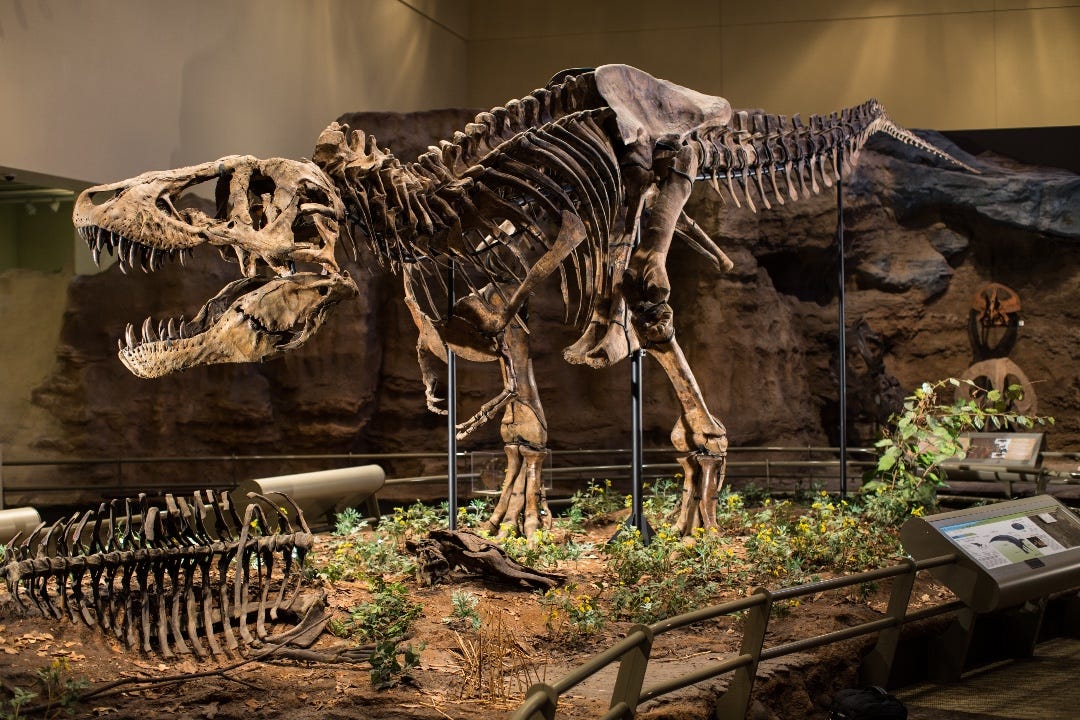
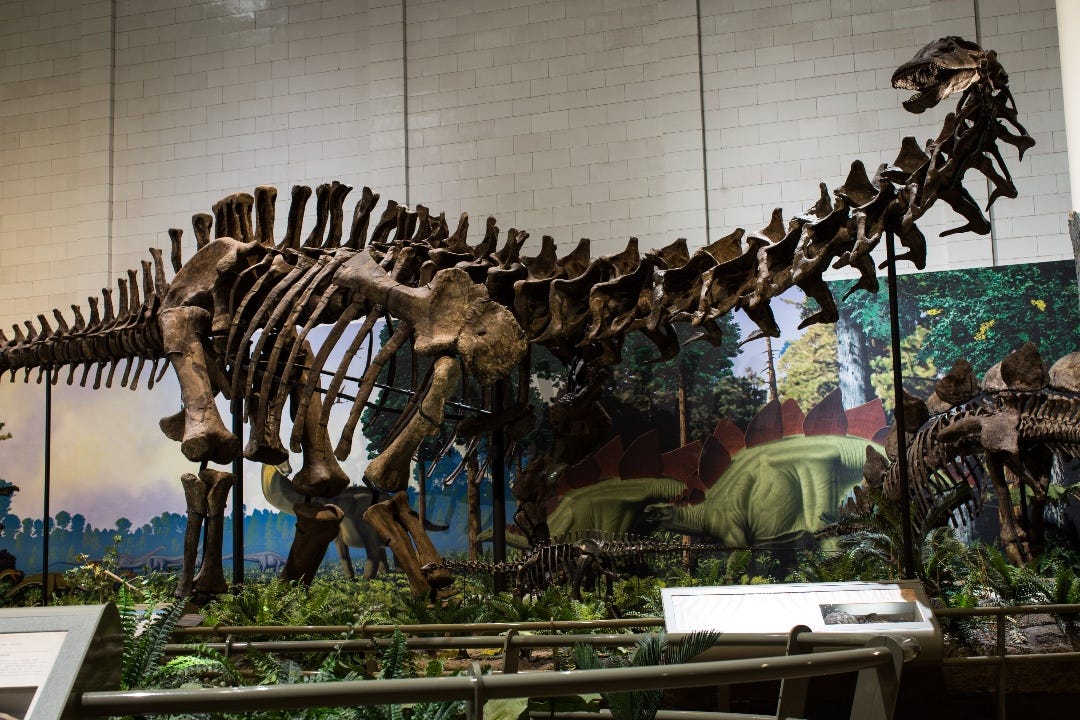
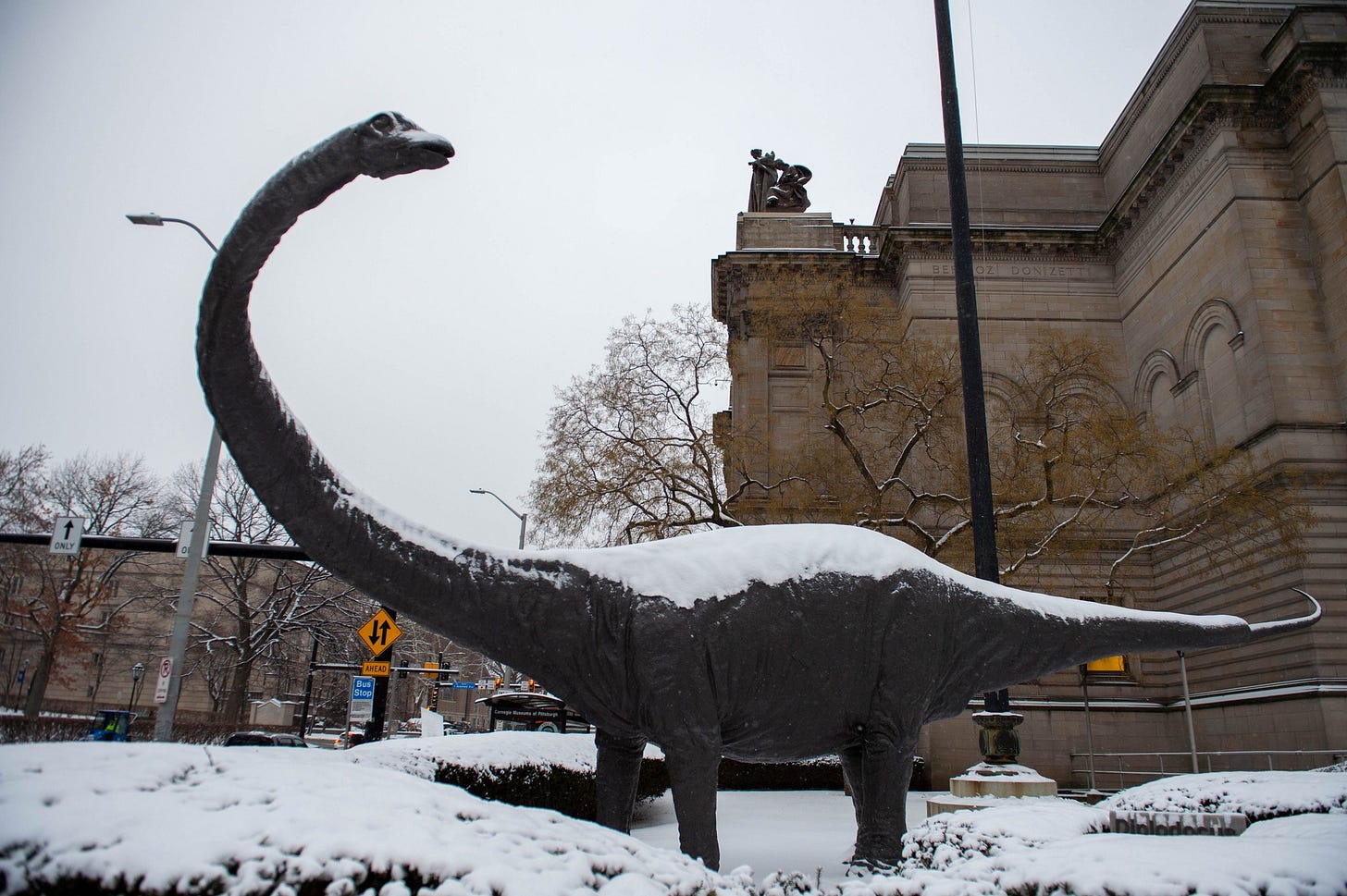
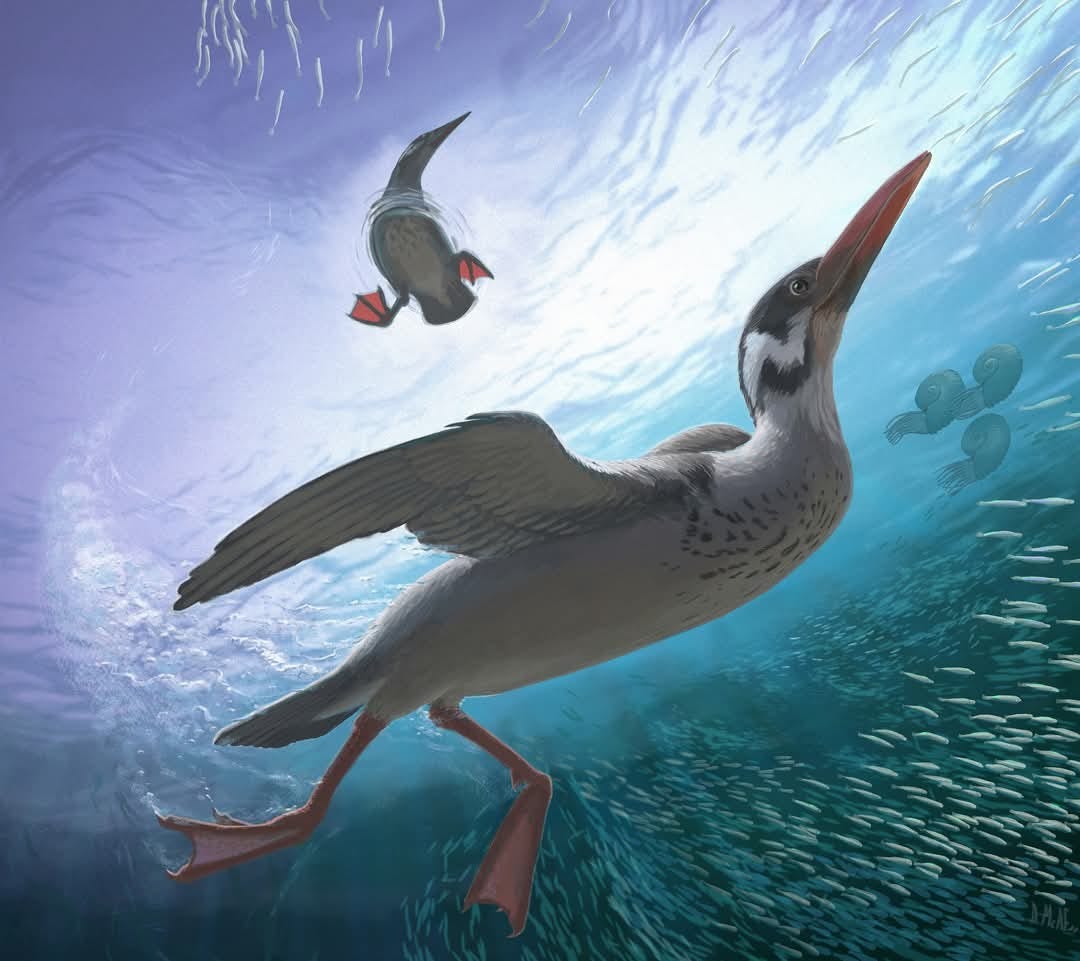
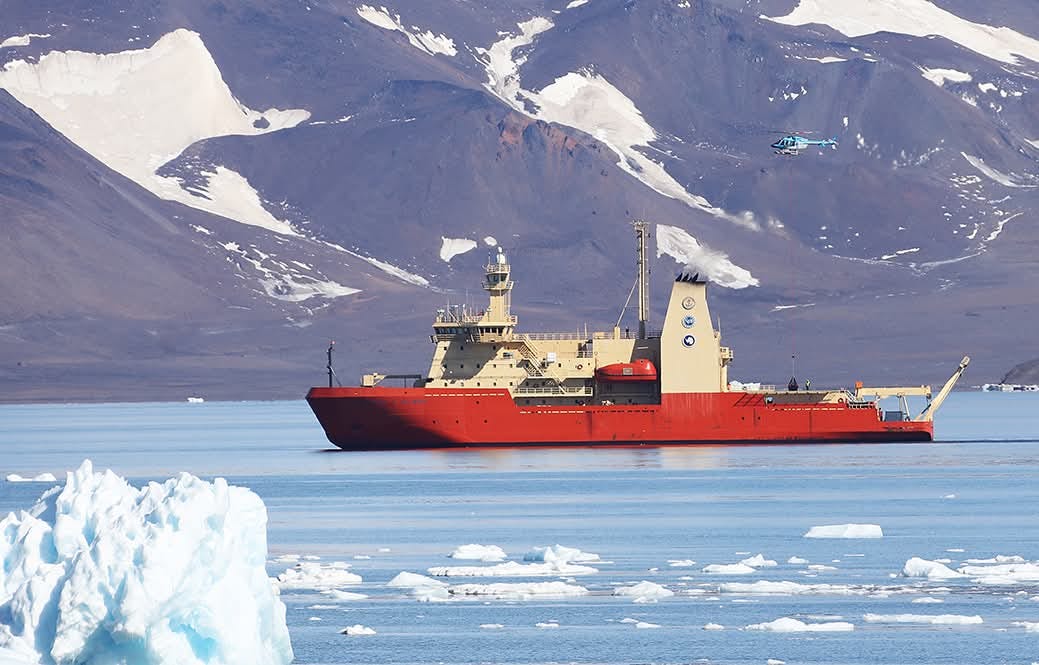
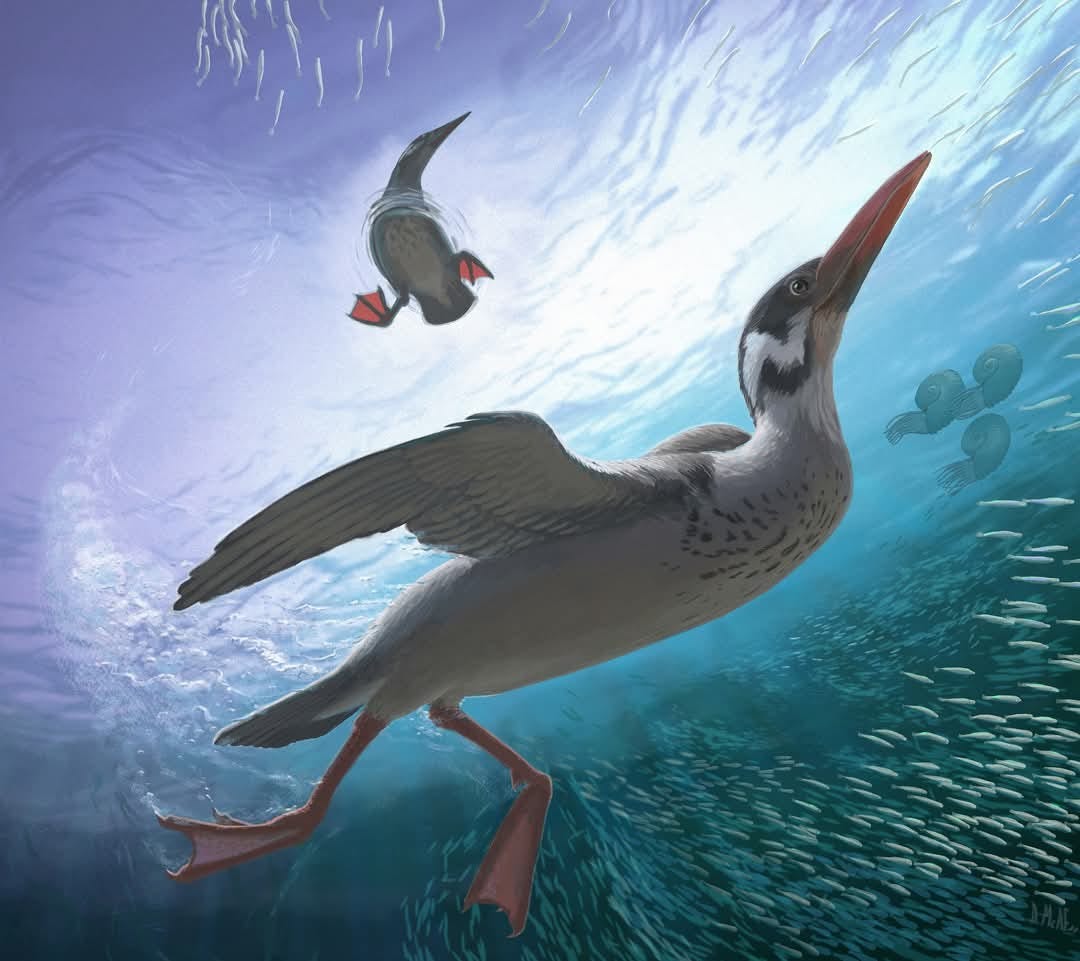
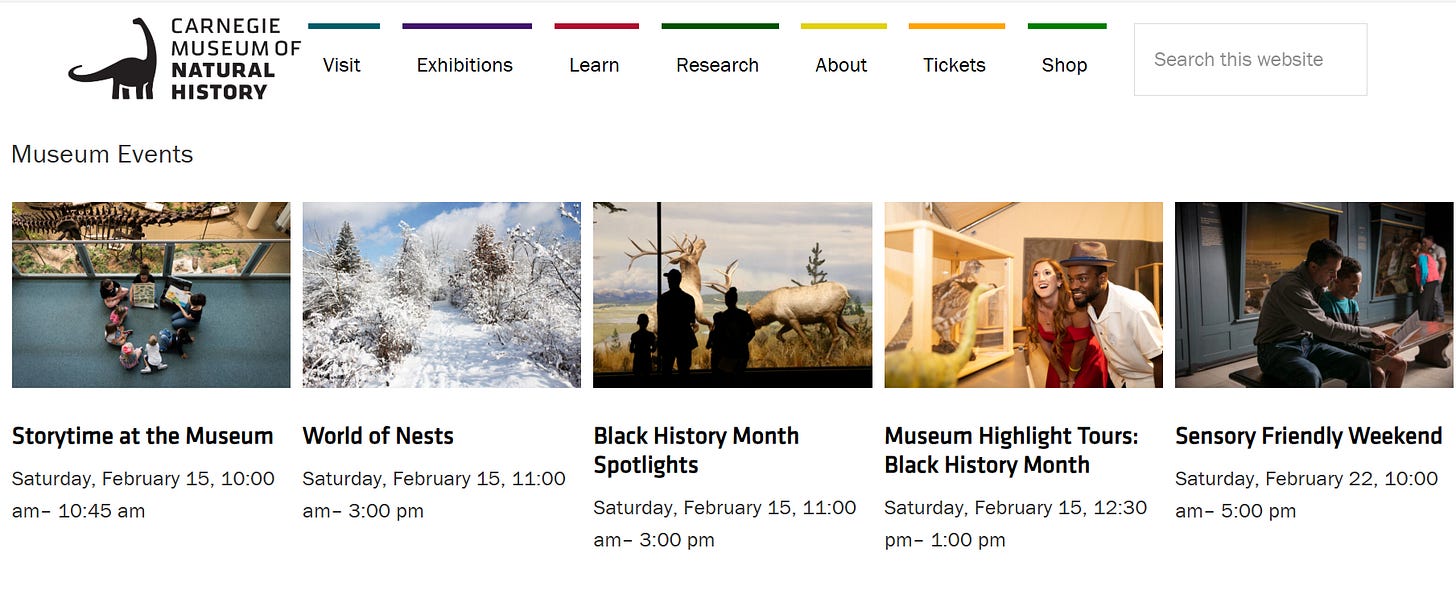

Do you know what grinds my gears? When you and your ilk discuss evolution as though it's fact instead of a hypothesis.
nice article, Dr Jack. the personal connection of your sons' experience is really lovely. of course here in Chicago, we have the Field Museum of Natural History, where all my cool memories lie. (including my story of nearly getting stuck in the Egyptian Tomb exhibit, with my first husband, at closing time as the lights started going off; let's just say we RAN out, lol)
my boys' favorite is the Museum of Science and Industry (Chicago), with the steam trains, submarine, coal mine, history of aviation, Apollo exhibit... LOVE the entire museum experience; the 'online' world can never replace them.